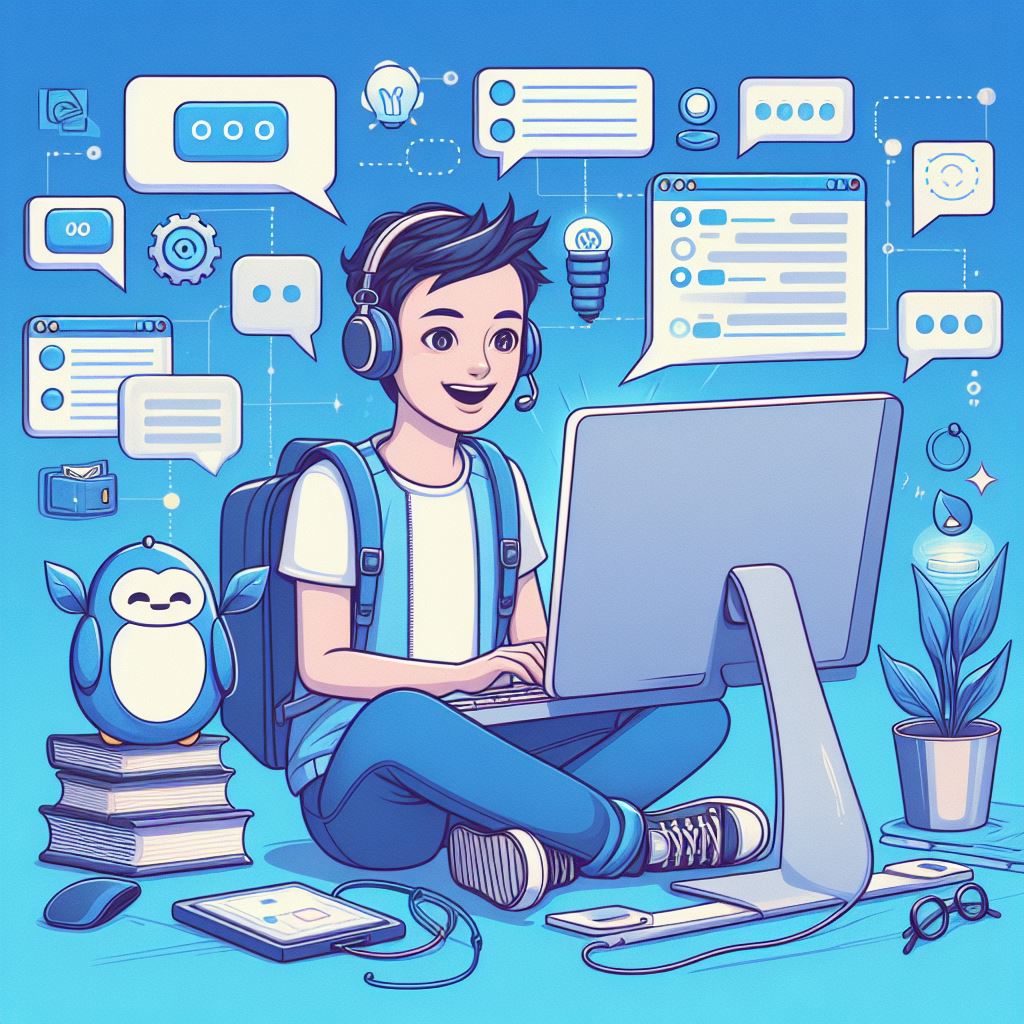In the vast landscape of artificial intelligence, two prominent figures stand tall: ChatGPT and the OpenAI Completions API. These AI systems, designed to assist users in various tasks and inquiries, operate on a fundamental principle – to act as helpful assistants. However, beneath this overarching directive lies a realm of customization and control that users can leverage to tailor their AI interactions to their specific needs and preferences. This customization comes in the form of system messages, which allow users to dictate the behavior, tone, and style of AI responses, ultimately enhancing the overall interaction experience.
Identifying the Need: Standard AI responses often fall short of meeting users’ precise requirements, either due to verbosity, lack of relevance, or mismatched tone. Users find themselves seeking more control over AI behavior to streamline interactions and ensure more effective communication. This need for customization prompts exploration into the realm of system messages, where users can fine-tune AI responses to align with their expectations and preferences.
Understanding the Context: Both ChatGPT and the OpenAI Completions API offer robust features for customizing system messages, empowering users to mold AI interactions according to their unique specifications. In ChatGPT, users can access custom instructions within their profile settings, allowing them to define how they want the AI to respond to their prompts. These instructions range from specifying user preferences to dictating the tone, style, and level of detail in AI outputs. Similarly, the OpenAI API provides users with control over the system message and assistant message, allowing them to set the overall behavior and mode of operation for the AI. By customizing these messages, users can ensure that AI responses align with their desired outcomes and communication objectives.
Implementing the Solution:
- Custom Settings in ChatGPT:
- Navigate to the custom instructions section within ChatGPT’s profile settings.
- Define specific instructions for the AI, including user preferences, desired tone, and response style.
- Experiment with different instruction sets to optimize AI interactions for various use cases and scenarios.
- Enable custom instructions for all new chats to maintain consistency in AI responses across interactions.
- System Messages in the OpenAI API:
- Utilize the system message and assistant message features in the OpenAI API to control AI behavior.
- Craft system messages that set the overall tone, mode of operation, and response style for the AI.
- Specify assistant messages to provide additional instructions on how the AI should respond to user prompts.
- Customize assistant messages to include voice, tone, language preferences, and format specifications tailored to specific interaction contexts.
Realizing the Benefits: By harnessing the power of custom system messages, users can unlock a wealth of benefits in their AI interactions. From receiving more relevant and concise responses to maintaining consistency and coherence across interactions, customization enhances the overall usability and effectiveness of AI systems. Whether seeking rapid tech support solutions or engaging educational exchanges, tailored system messages empower users to shape AI interactions to suit their unique needs and preferences.
Conclusion: In the ever-evolving landscape of artificial intelligence, customization reigns supreme as the key to unlocking the full potential of AI systems. Through the customization of system messages in ChatGPT and the OpenAI API, users can transcend the limitations of standard AI responses and tailor their interactions to align with their precise requirements and preferences. By embracing customization, users embark on a journey of enhanced AI interactions, where every response is finely tuned to meet their unique needs and objectives. So, dive into the world of AI customization today and discover the endless possibilities that await in shaping the future of human-AI collaboration.




+ There are no comments
Add yours